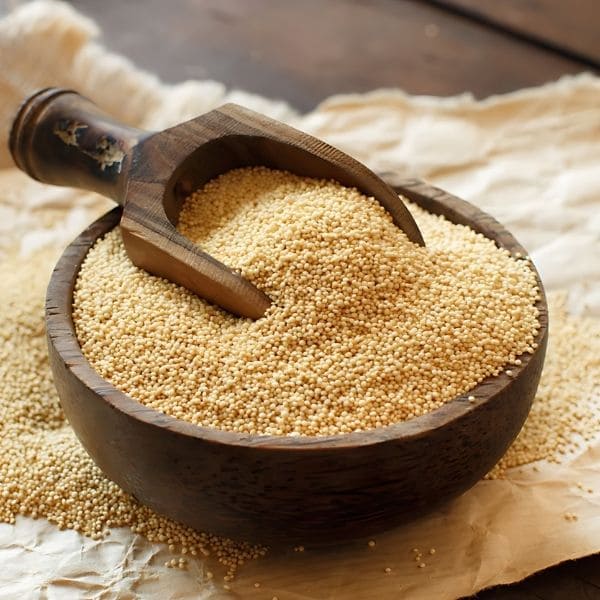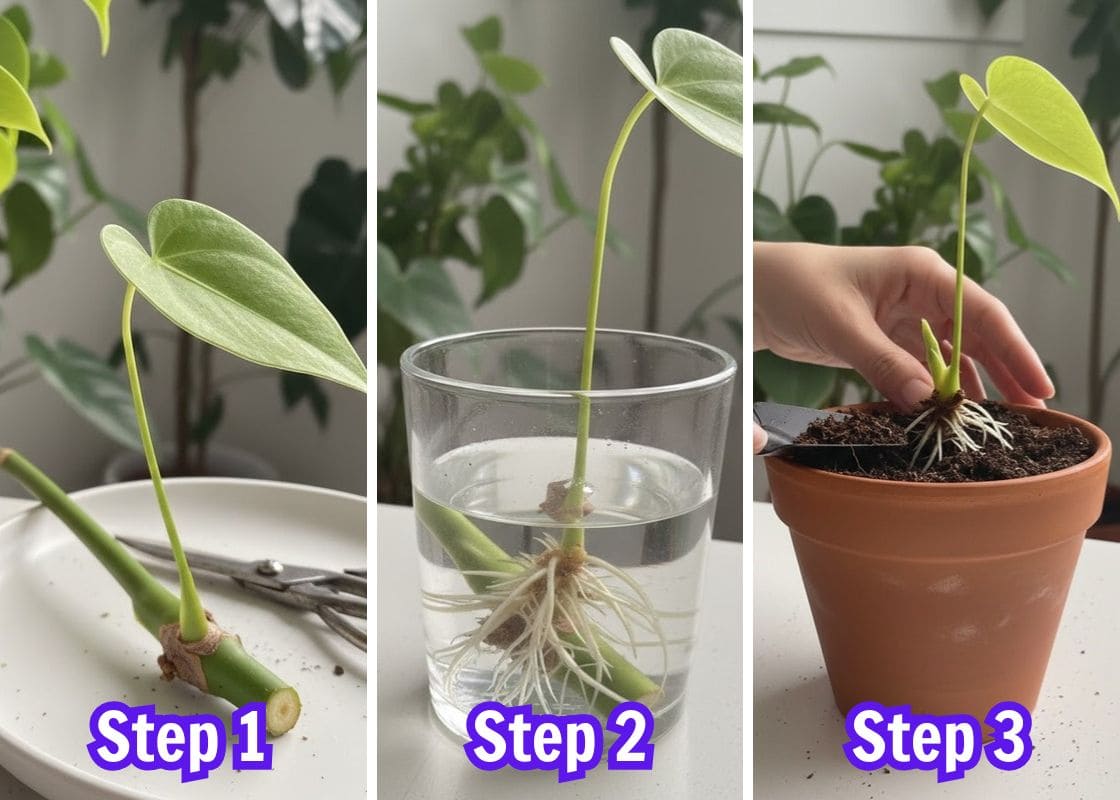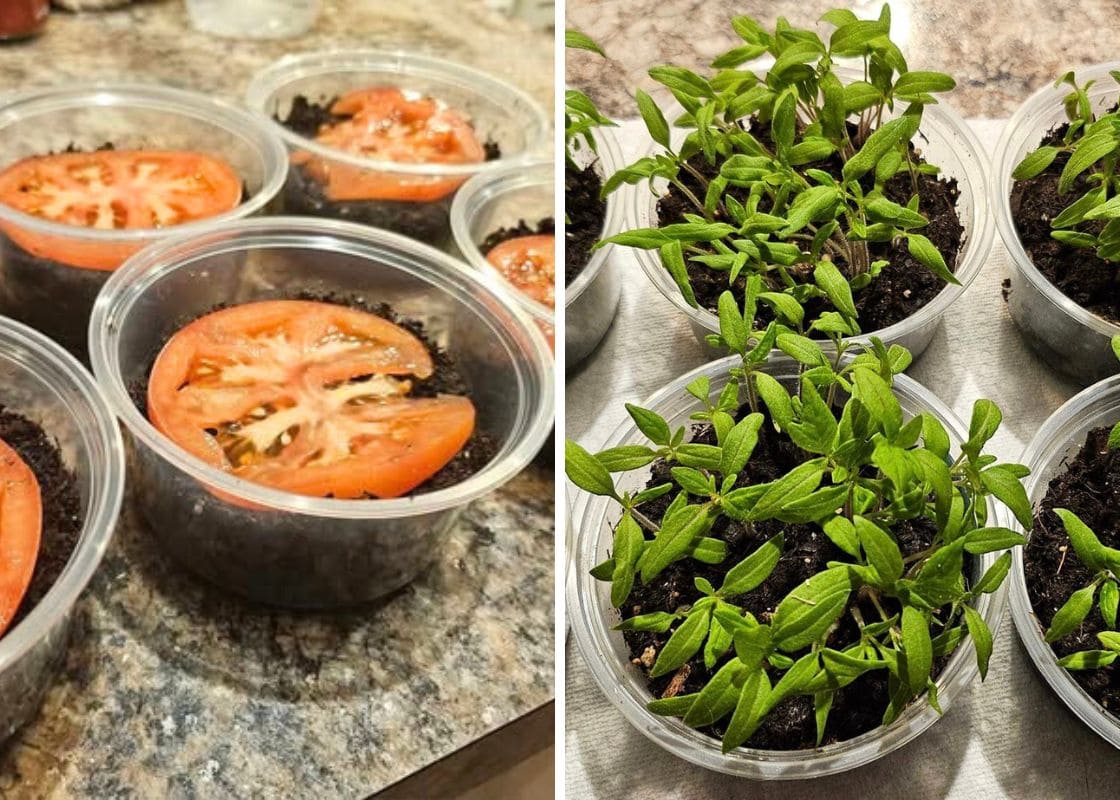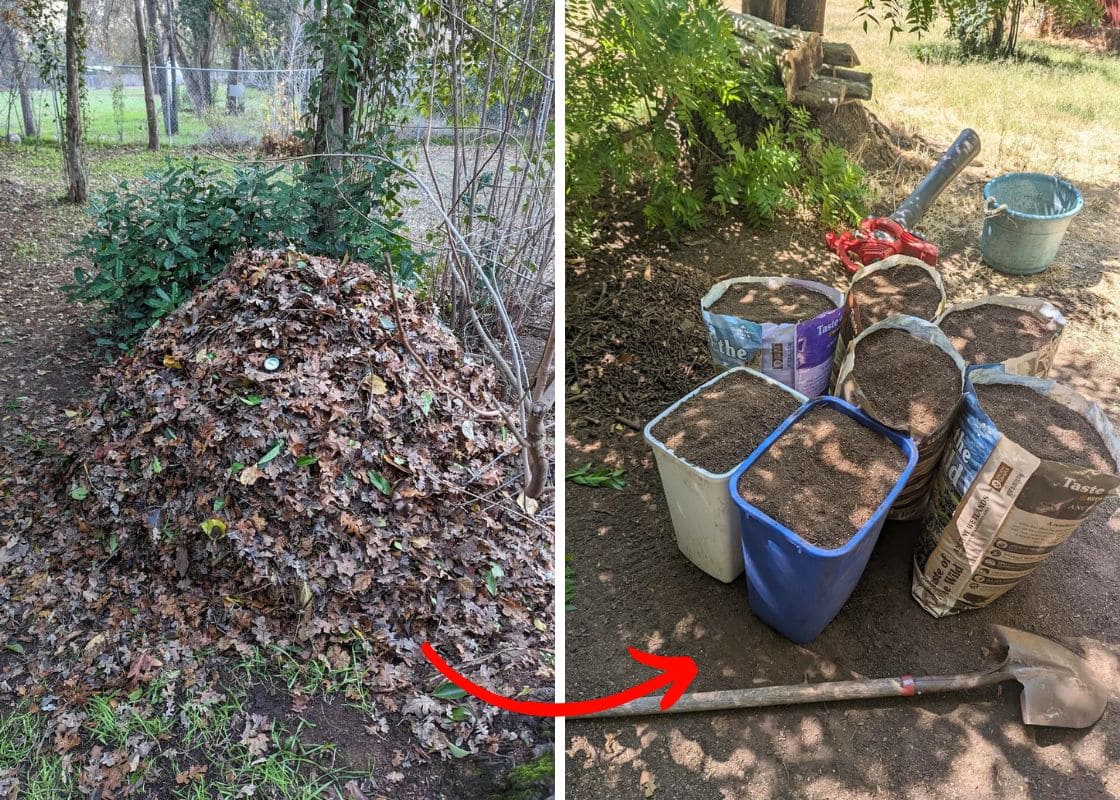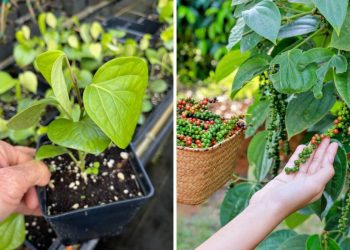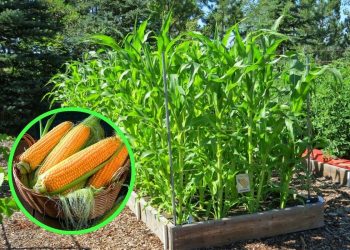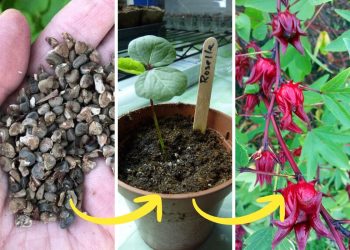Amaranth, known as the “forgotten grain,” is making a comeback in gardens worldwide.
This fast-growing annual reaches heights of 2 to 8 feet, adding striking beauty to any garden with its broad leaves in shades of green, red, and purple.
Beyond its ornamental value, amaranth is packed with nutrition, offering vitamins A, C, and E, and ideal for vegetarians and vegans.
Whether you’re a seasoned gardener or a beginner, growing amaranth is a rewarding endeavor.
Summary:
- Amaranth boasts vibrant foliage and tassel-like flowers, offering both ornamental beauty and nutritional value.
- This plant is easily grown from seeds in warm, well-drained soil after the last frost.
- You can harvest leaves and seeds for culinary purposes; flowers are perfect as cut flowers for arrangements.
| Scientific Name | Amaranthus spp. |
| Common Names | Amaranth, Pigweed |
| Height | 0.5 to 3 meters |
| Plant type | Annual |
| Leaf Shape | Ovate to lanceolate |
| Flower Color | Red, purple, green, gold |
| Seed Color | Black, white, red, pink |
| Origin | Central and South America |
Propagation
From Seeds
You need to prepare nutrient-rich soil, ensuring its pH is between 6.0 to 7.5.
After the last frost, when the soil warms to 65-77°F (18-25°C), sow the seeds about ¼ inch deep, spaced 10-12 inches apart.
Next, lightly water the seeds after sowing and patiently await germination within 7-14 days.
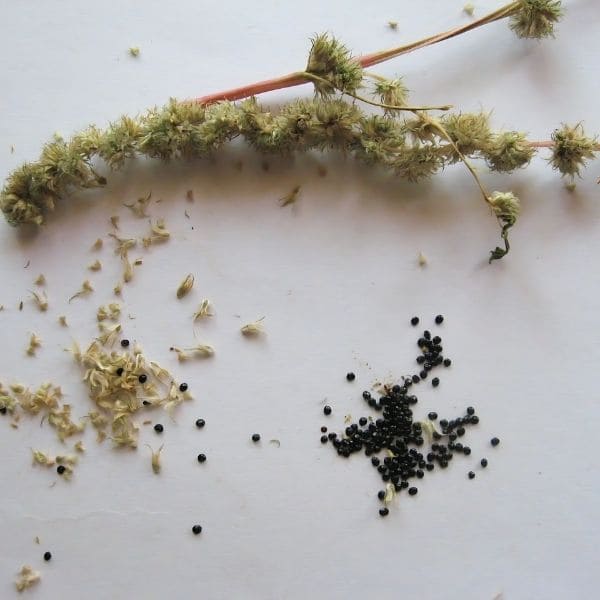
Stem Cuttings
You need to gather supplies: a pot filled with moist potting soil, sterilized pruners, rooting hormone, and a transparent plastic film.
Next, carefully select a healthy stem, make a precise cut below a node and leave two or three leaves at the top.
To get the fastest result, you can dip the cut end in rooting hormone powder. I am sure you will see the new growth within two weeks.
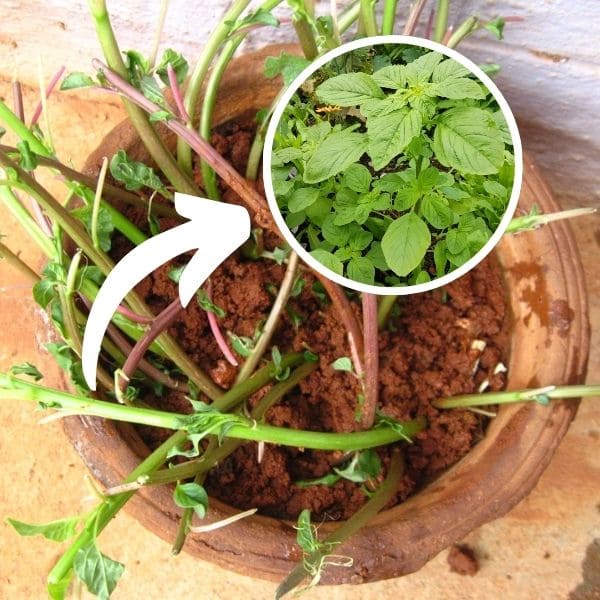
Division
Firstly, dig up an older plant and separate the roots into smaller sections, ensuring each section has at least one stem and several roots.
Then replant each section in a new pot or garden location with bright, indirect light.
Growing Amaranth Plant
Preparation
You should choose high-quality seeds and soak them in water for 24 hours before planting. Here are my favorite varieties of Amaranth plant:
- Amaranthus caudatus: Known for its striking ornamental flowers that cascade like tassels, adding beauty to gardens and floral arrangements.
- Amaranthus cruentus: Primarily cultivated for its grain production, rich in protein and gluten-free, making it a nutritious addition to diets worldwide.
- Amaranthus hypochondriacus: Valued for both its nutritious leaves, which can be cooked similar to spinach, and its seeds packed with essential nutrients.
- Amaranthus retroflexus: While edible, it’s often considered a weed due to its prolific growth. Nevertheless, its leaves and seeds are edible and nutritious.
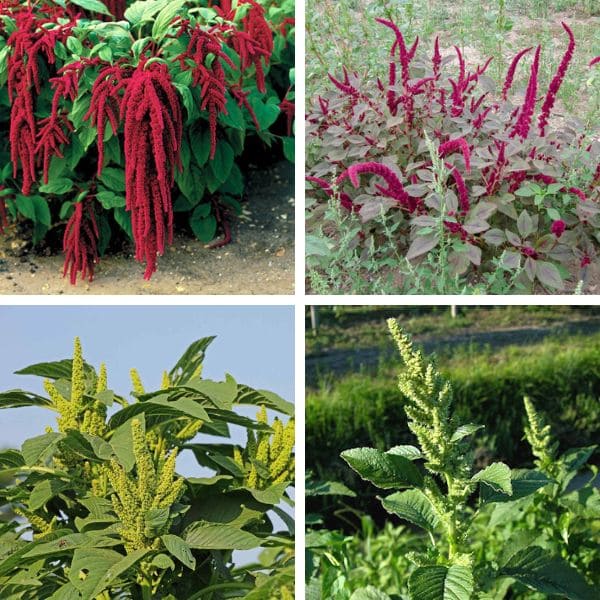
Also, remember to select a sunny location with well-drained, nutrient-rich soil with a neutral pH.
Then you can till the soil to a depth of 12 inches, incorporating compost or well-rotted manure.
How to Grow Amaranth plant
With anticipation, I sow the seeds 1/4 inch deep, spacing them 2-3 inches apart, ensuring each seed has ample room to grow.
Placing the containers in a sunny window or under grow lights, I see the temperature of 70-75°F is the most suitable.
Gradually, as the seedlings reach 4-6 inches tall, I carefully thin them to 10-12 inches apart, ensuring robust growth for each plant.

It’s time for us to transplant young amaranth plants. We need to select a sunny site that basks in 6-8 hours of sunlight daily.
Then, mark rows 18-24 inches apart and dig holes 10-12 inches apart.
You can gently place each seedling in its new home, firming the soil around the roots, and generously watering them.
To optimize growth, I plant companions like beans, corn, and marigolds, fostering a harmonious garden ecosystem that boosts productivity and naturally deters pests.
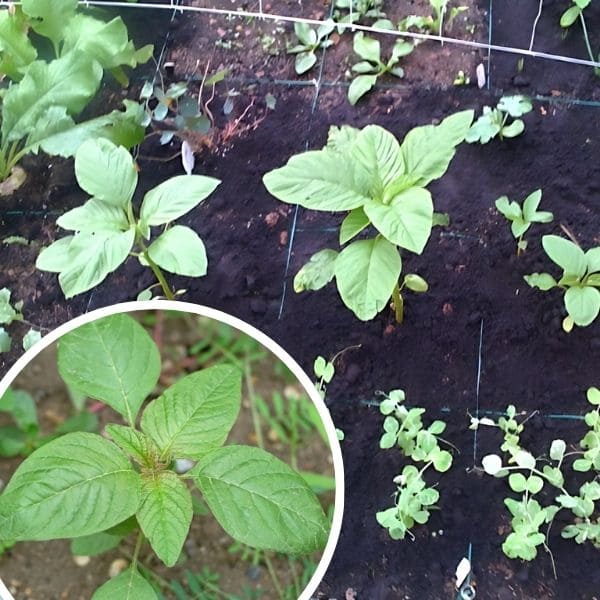
Care for Amaranth Plant
Here are main requirements to take care of amaranth plants:
- Ensure the plants receive at least 6-8 hours of direct sunlight daily.
- Prefers rich soil with good drainage.
- Maintain a temperature range of 70-85°F (21-29°C).
- Remove weeds regularly.
- Use mulch to retain soil moisture and suppress weeds.
- Thin seedlings to 10-12 inches apart to ensure good air circulation.
Light
Amaranth thrives in full sun, so choosing a sunny spot in your garden where they can soak up at least 6-8 hours of sunlight daily is ideal.
I’ve found that placing them in a location with morning sun and some protection from the intense afternoon heat can prevent leaf scorching during hot summer days.
If you’re growing amaranth indoors, consider placing them near a south-facing window to maximize their exposure to sunlight.
Soil
Amaranth prefers well-draining, fertile soil with a pH level around 6.0 to 7.5.
I recommend incorporating plenty of organic matter like compost or well-rotted manure before planting to enrich the soil with nutrients for robust growth.
During the growing season, I mulch around the plants to retain moisture and suppress weeds, ensuring they have consistent access to water without waterlogging.
Water
Amaranth is drought-tolerant, needing regular watering only during early growth stages. Keep the soil lightly moist after sowing, then water 1 inch once or twice a week as plants grow.
Focus water at the base in the early morning or late afternoon, avoiding the flowers and grain.
Fertilizer
Amaranth plants typically need fertilization only in poor growing conditions.
If necessary, use a balanced, slow-release fertilizer (10-10-10) at planting and again midway through the growing season.
Mulch
Applying a layer of organic mulch is beneficial during hot summers or in areas prone to temperature fluctuations.
Personally, I prefer using compost, shredded leaves, or straw as mulch, as they break down over time, enriching the soil with nutrients.
Mulching also protects the roots from extreme weather conditions, ensuring your amaranth plants can focus on thriving and producing vibrant blooms.
Pruning
While amaranth typically doesn’t require pruning, removing dead or yellowing leaves can help promote continuous growth and prevent the plant from wasting energy.
Use clean, sharp scissors or pruning shears to make precise cuts just above a node or leaf joint.
Remember to prune selectively throughout the growing season, especially if you notice overcrowding or areas where airflow is restricted.
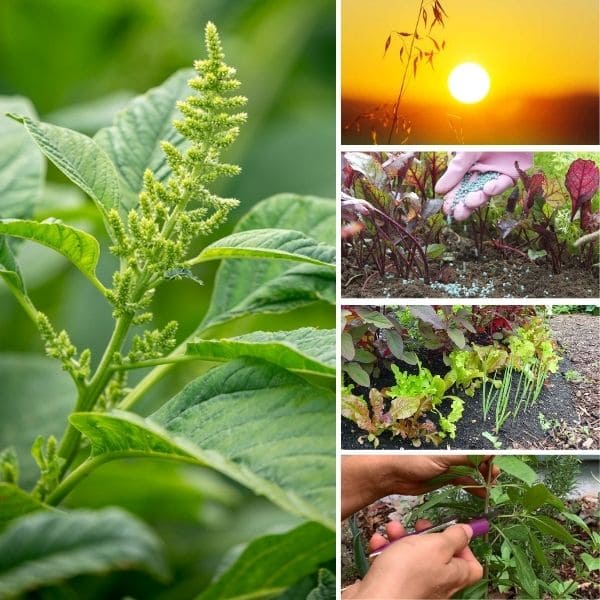
Pests and Diseases
Amaranth faces several pests like aphids, leaf miners, flea beetles, cutworms, and spider mites.
These pests cause damage such as white trails, yellow spots, holes in leaves, and webbing. Yet you can completely control them by using insecticidal soap or neem oil.
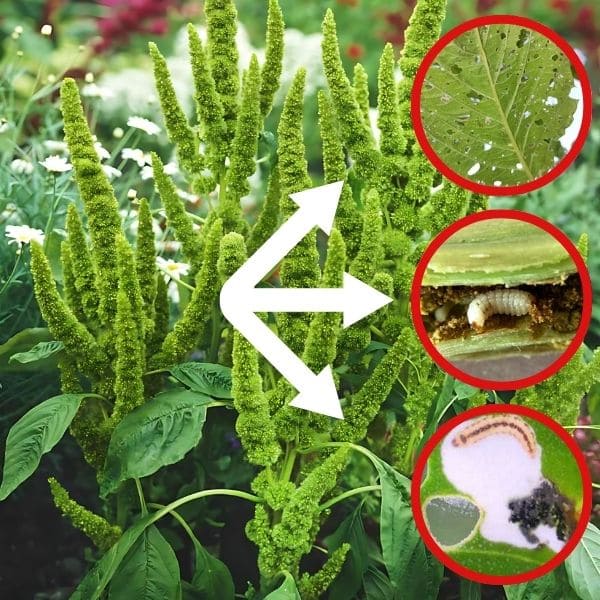
Besides, amaranth is susceptible to diseases like downy mildew, root rot, and powdery mildew.
These diseases cause yellow spots and gray mold, also they can lead to wilting.
But don’t worry. You can prevent them with good air circulation and avoiding overhead watering. Also, I see using fungicides is effective.
Common Problems
Poor Germination
Amaranth seeds sometimes face poor germination due to improper soil temperature, poor seed quality, or inconsistent watering.
To enhance germination rates, ensure the soil temperature is maintained between 70-75°F (21-24°C), use high-quality seeds, and keep the soil consistently moist.
Leggy Seedlings
Leggy seedlings can occur from insufficient light or overcrowding.
To prevent this, you should provide at least 6-8 hours of direct sunlight daily and thin seedlings to the correct spacing.
Yellowing Leaves
Yellowing leaves are often a sign of overwatering, nutrient deficiency, or poor drainage.
Water the plants moderately, ensure the soil is well-drained, and apply a balanced fertilizer to maintain healthy foliage.
Bird Destruction
Birds can be a problem as they are attracted to amaranth seeds and may damage flowers. Use netting to protect the plants, although this may also restrict pollinators from reaching the flowers.
Harvest
I love bringing their vibrant blooms indoors to brighten up my living space. They add a touch of natural beauty and color that’s hard to beat.
If you want to harvest leaves, I recommend starting when the plant reaches about 8-12 inches tall.
Use sharp scissors to snip off the outer leaves, leaving the central leaves to continue growing robustly.
It’s essential not to take more than a third of the leaves at once to maintain the plant’s health and productivity.
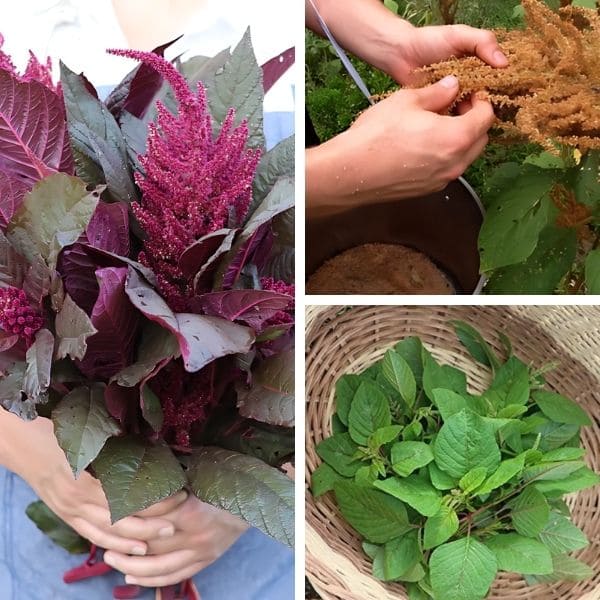
Finally, when you harvest seeds, wait until the flower heads turn brown and dry.
Cut the entire flower head and place it in a paper bag or on a drying rack in a cool, dry spot for a few days to ensure the seeds are fully dry and ready for storage or replanting.
Preservation
Fresh Storage
Washing them thoroughly to remove any dirt or debris. Then place the leaves in a plastic storage bag, store them in the refrigerator and enjoy in few days.
Freezing
You need to wash and parboil the leaves by boiling them for a few minutes and then draining and allow the leaves to cool completely before packing them.
Next, store the packaged leaves in the freezer, where they can be kept for an extended period.
Storing Seeds
When amaranth seeds are dry, thresh them by gently rubbing the flower heads between your hands or using a sieve to separate the seeds from the chaff.
Winnow the seeds by gently blowing away the lighter chaff while letting the heavier seeds fall into a container.
Alternatively, you can use a fine mesh screen to sift out the smaller debris to have clean seeds ready for future planting or culinary use.
